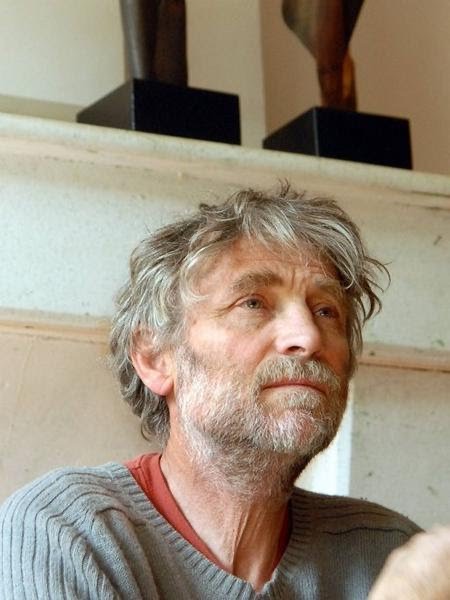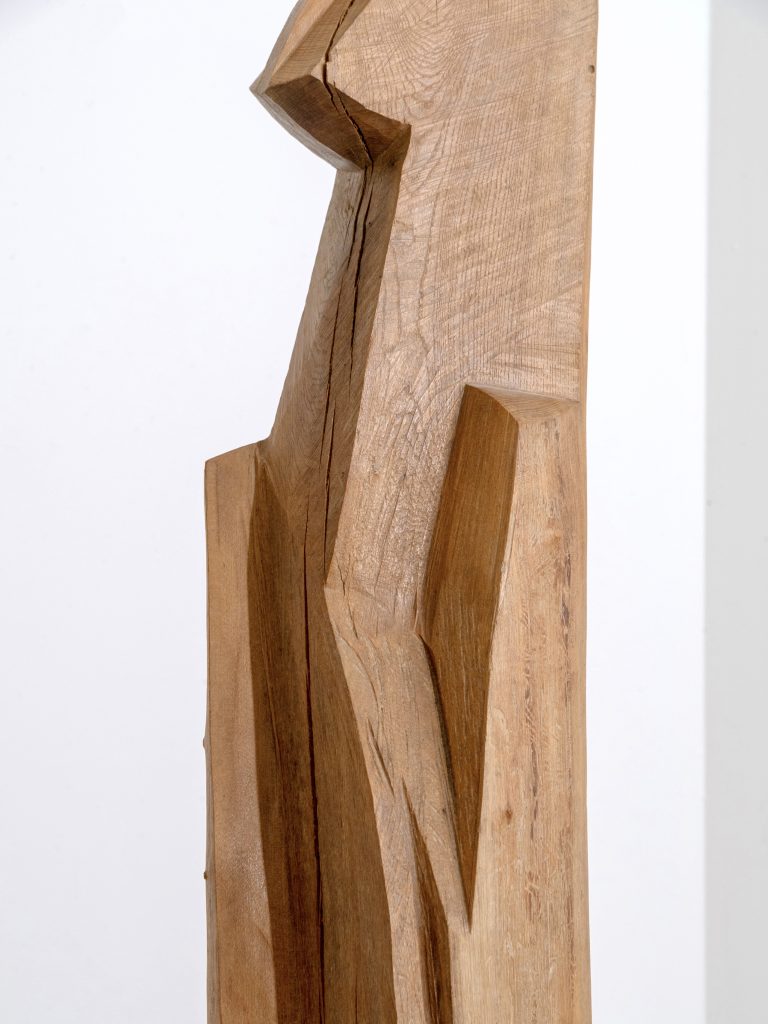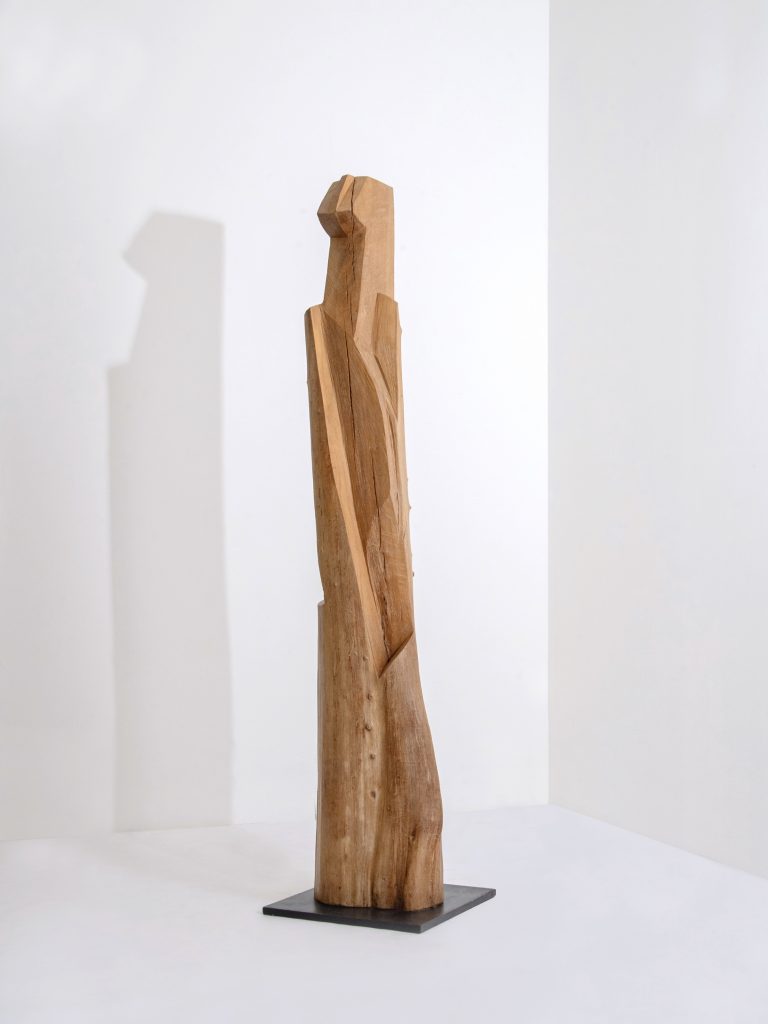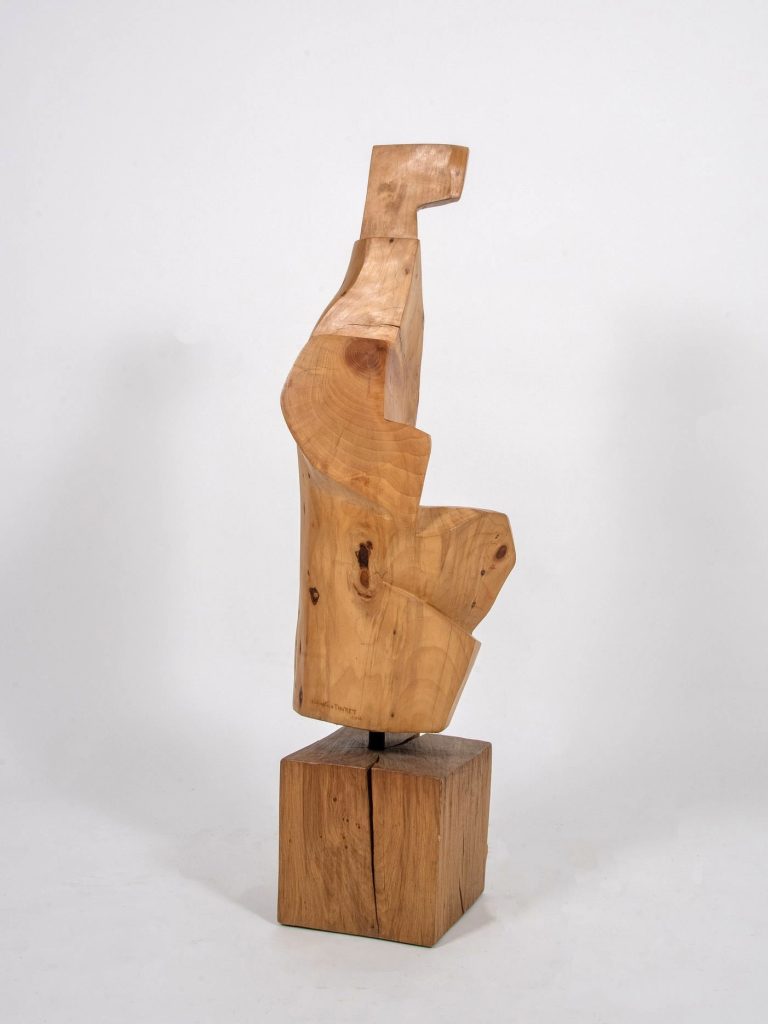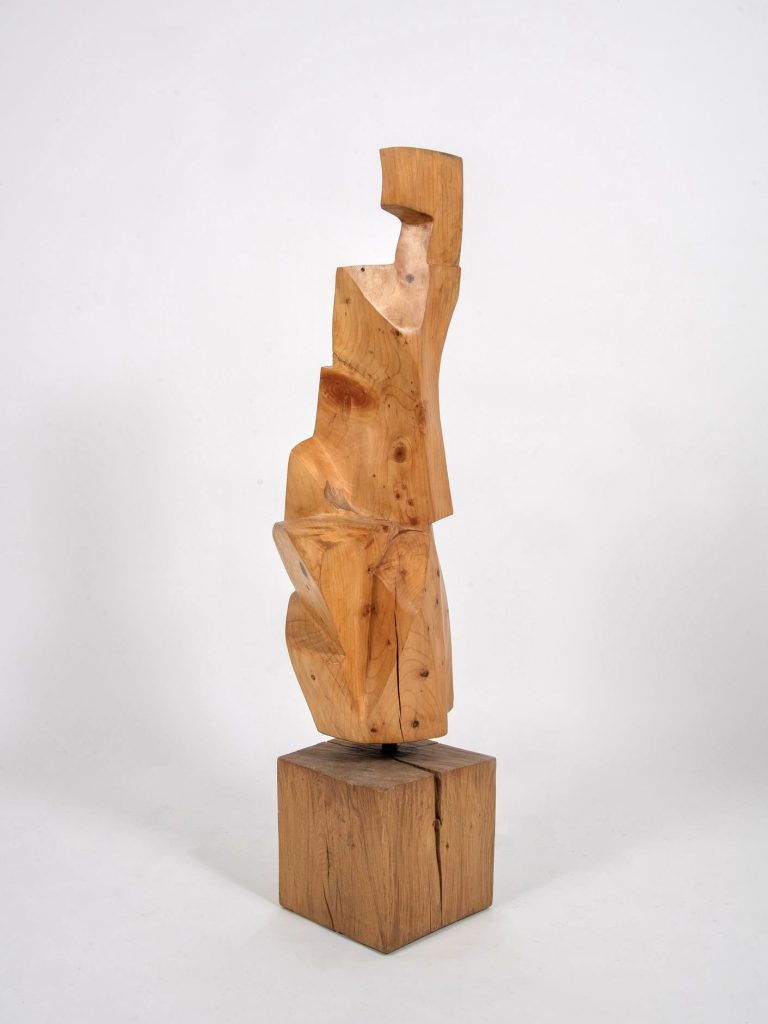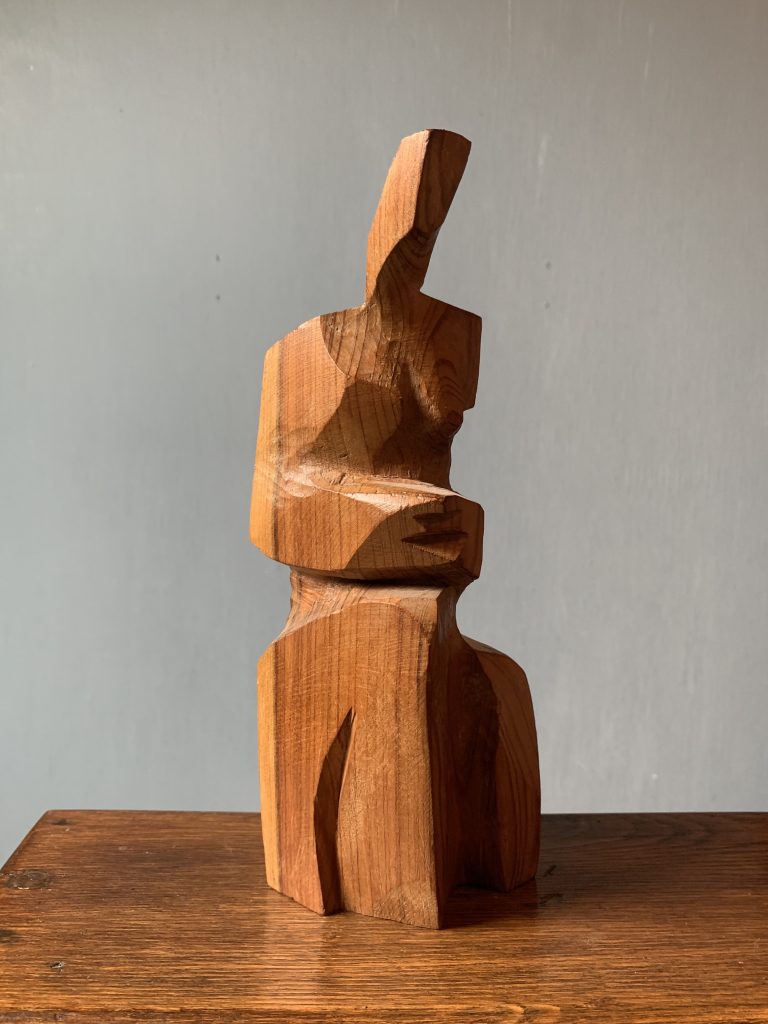Sébastien Touret
Born in 1950 in Marolles (Loir-et-Cher, France), Sébastien Touret grew up immersed in the world of art. He is the son of Jean Touret (1916–2004), a major French sculptor, painter, and creator of sacred art and furniture whose influence shaped several generations of artists and craftsmen. From his father, Sébastien inherited not only the practice of drawing and sculpture but also a profound respect for material and craftsmanship.
Touret lives and works in Monthou-sur-Bièvre, near Blois, where he has established a home-studio with his wife. His artistic practice embraces both sculpture and painting, two disciplines through which he explores the tension between matter, form, and presence.
As a sculptor, Touret works in wood, copper, zinc, and bronze, shaping forms that frequently evoke the human silhouette. These figures are never conceived as literal representations but as embodiments of presence, poised between fragility and strength, silence and vitality. In painting, his subjects range from landscapes to figures, characterized by an energetic and daring gesture that balances drawing, color, and texture.
Following in the footsteps of his father, he has also contributed to the decoration of churches and chapels, creating statues, altars, lecterns, and tabernacles. These works continue a family tradition of sacred art while affirming his own distinctive sensibility.
At the heart of Touret’s practice lies a desire not to reproduce reality but to transfigure it. The textures of wood, stone, and metal are never neutral supports; they are integral to the work, shaping the viewer’s experience and suggesting the enduring dialogue between the natural and the spiritual. Each sculpture or painting seeks to bring forth a living presence—sometimes contemplative, sometimes assertive—that engages those who encounter it.
Since 2009, his works have been presented permanently at Les Douves in Onzain (Loir-et-Cher), first opened to the public during the European Heritage Days. He continues to exhibit in regional galleries and cultural spaces, where his practice is recognized both in the field of contemporary art and in the continuing tradition of religious and symbolic sculpture.
